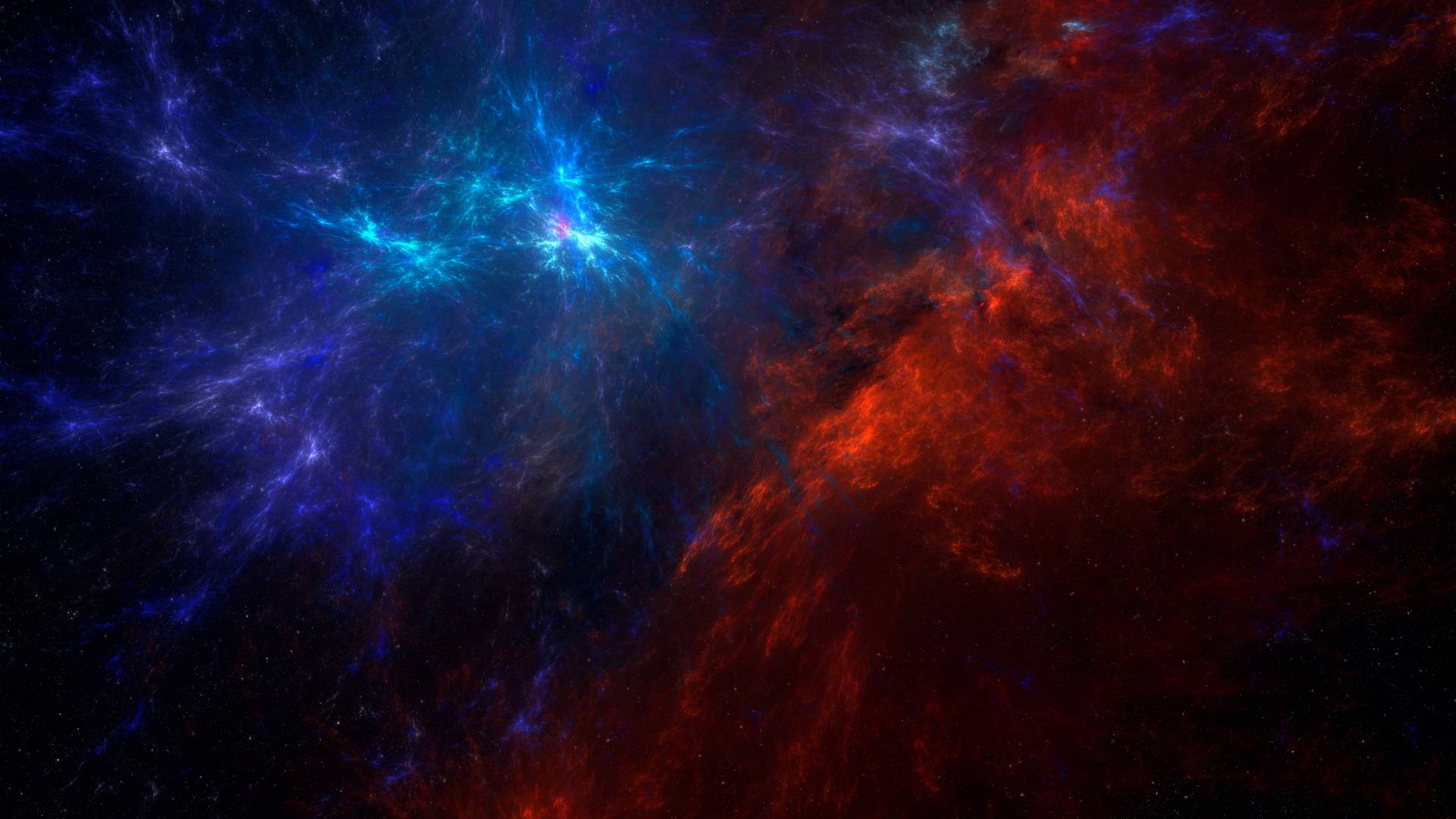In our vast solar system, there are lots of things flying around in space. Comets are one of these things, and they really catch people’s attention. They’re made up of ice, dust, and rock, and they travel through space, leaving behind shiny trails and making amazing sights. People have been interested in comets for a long time, from way back in history to now when scientists study them. This article will talk about comets, what they’re made of, how they move, and why they’re so crucial for understanding the universe.
What is a comet?
A comet is like a giant, dirty snowball flying in space. It’s made of ice, dust, and rock. When it gets near the Sun, the heat makes some of its ice turn into gas. This gas forms a bright tail that we can see from Earth. Comets move in long, curved paths around the Sun. It can take many years for them to go around once. Comets are exciting things in our solar system.
what is a comet made of?
Comets are made of a mix of ice, dust, and rocks. The main parts of a comet include the nucleus, which has different ices like water ice, dry ice (carbon dioxide), methane, and ammonia. The nucleus also has dust and rocks, which include silicate minerals and complex carbon-rich molecules. When a comet gets close to the Sun, the heat makes these ices turn from solid to gas, forming a glowing cloud called a coma around the nucleus. This coma is a cloud of gas and dust that comes from the nucleus. Comets have two kinds of tails: the ion tail, made of charged gases pushed away from the comet by the solar wind, always pointing away from the Sun, and the dust tail, made of tiny dust particles pushed by sunlight, which trails behind the comet. Because they are made of ice and rocks, comets are often called “dirty snowballs.
Comets’ orbits explained
Comets move in large oval-shaped orbits. They briefly come close to the Sun in the inner Solar System before traveling billions of kilometers to the outer regions. Some comets, like Halley’s Comet, have orbits that last only a few years or decades and are called short-period comets. Long-period comets go much farther into space, taking thousands of years to complete one orbit.

Where do comets come from?
Comets come from two main areas in the outer solar system. The first is the Kuiper Belt, a large, doughnut-shaped region beyond Neptune filled with small icy bodies. This is where short-period comets come from, which take less than 200 years to orbit the Sun. Examples include Halley’s Comet and Comet NEOWISE. The second area is the Oort Cloud, a spherical shell surrounding the entire solar system, far beyond the Kuiper Belt. Long-period comets, which take thousands to millions of years to orbit the Sun, come from here. Icy bodies in the Oort Cloud can be knocked into the inner solar system by passing stars, becoming comets. Examples of long-period comets are Comet Hale-Bopp and Comet Hyakutake. Both the Kuiper Belt and the Oort Cloud are remnants of the early solar system.
Related Contents
What happens when a comet gets close to the Sun?
For most of its trip, a comet’s center (nucleus) stays frozen. But when it gets close to the Sun, called perihelion, the Sun heats it. This heat turns the ice into gas, which carries dust and makes a glowing cloud around the comet called the coma. The coma can be massive, over 50,000 km wide. As the comet gets even closer to the Sun, the Sun’s wind and magnetic field push the gas and dust into a long tail that can be millions of kilometers long.
Some of the dust and bits from the tail stay in the comet’s path, creating a stream of meteoroids. When Earth goes through these streams, we see meteors, which are the bits burning up in our atmosphere, creating meteor showers. Usually, being near the Sun melts a bit more ice off the comet. The sunlight makes the coma and tail shine, so comets look bright and are fascinating to watch for astronomers.
Five famous comet
Here are five famous comets:
- Halley’s Comet: This is the most famous comet, visible from Earth every 76 years. It was last seen in 1986 and will be seen again in 2061. People have been watching and recording it for over 2,000 years.
- Comet Hale-Bopp: Found in 1995, Hale-Bopp became very bright and could be seen without a telescope for 18 months. It was last seen in 1997, and won’t will not return for about 2,500 years.
- Comet Hyakutake: Discovered in 1996, Hyakutake came very close to Earth and was spectacular to see, with a long bright tail. It won’t return for about 70,000 years.
- Comet NEOWISE: Found in March 2020 by the NEOWISE space telescope, this comet put on a beautiful show in the Northern Hemisphere in July 2020. It won’t be back for about 6,800 years.
- Comet Shoemaker-Levy 9: Known for hitting Jupiter in 1994, this comet broke into pieces before colliding with the planet, giving scientists important information about the comet and Jupiter’s atmosphere.
To sum up, comets are exciting things in space that come from far away in our solar system, like the Kuiper Belt and the Oort Cloud. They’re made of ice, dust, and rock mixed, and they look amazing with their bright heads and long tails when they get close to the Sun. Studying comets helps us learn more about how our solar system started and how it works. Watching comets travel through space makes us feel amazed and reminds us of how beautiful and big the universe is.



